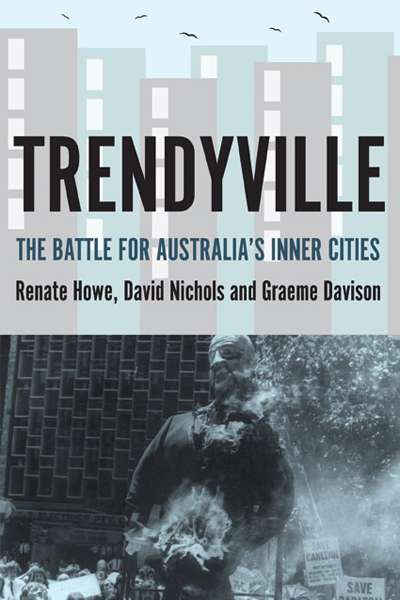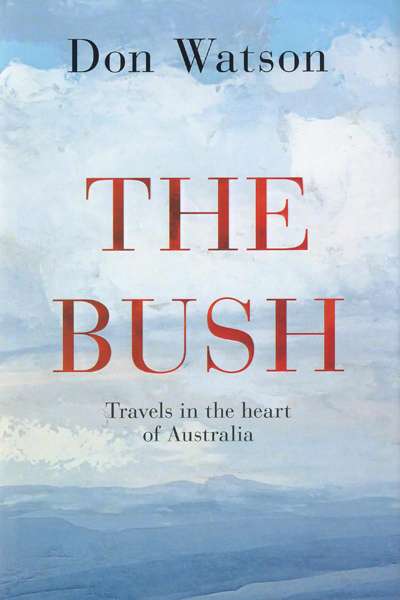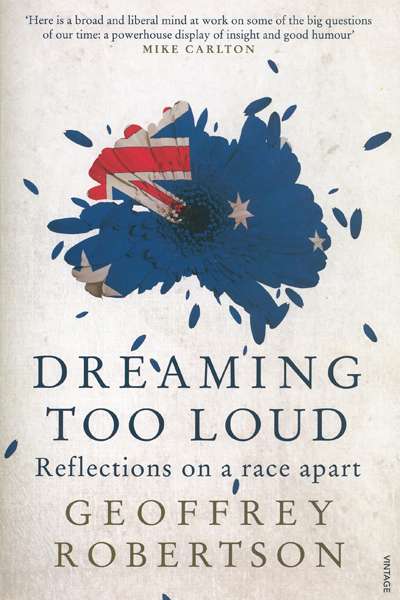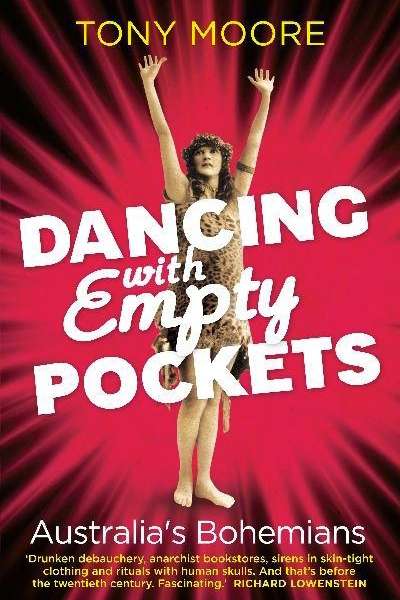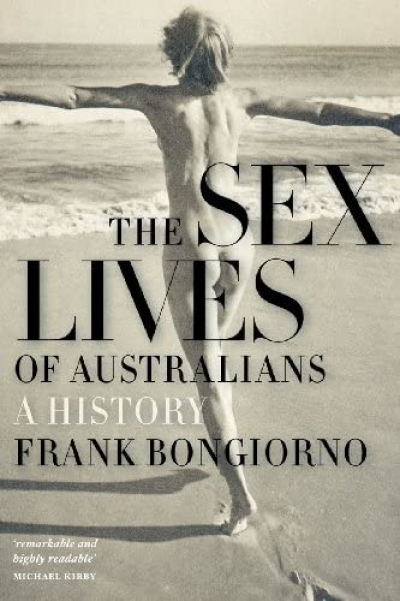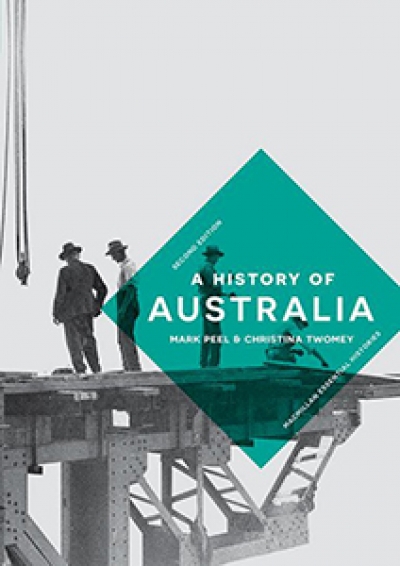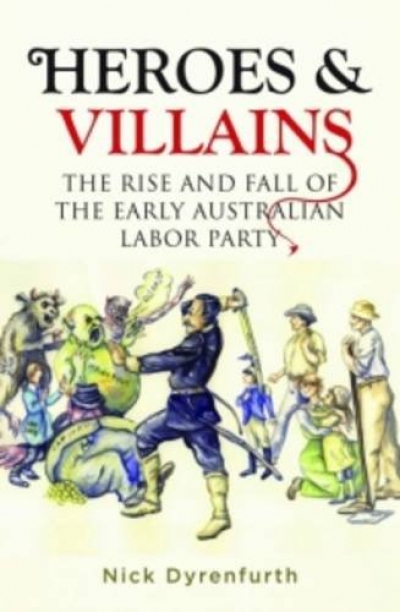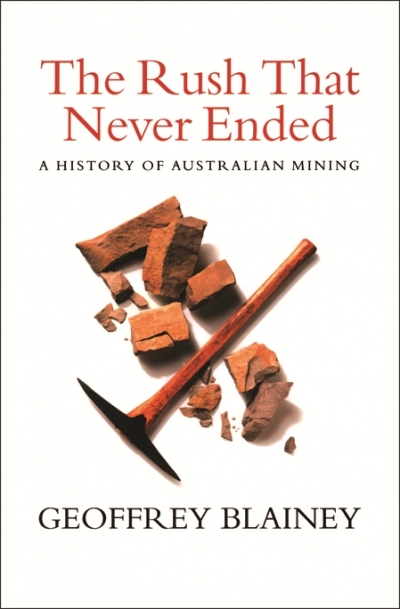Accessibility Tools
- Content scaling 100%
- Font size 100%
- Line height 100%
- Letter spacing 100%
Frank Bongiorno
Trendyville: The Battle for Australia's inner cities by Renate Howe, David Nichols, and Graeme Davison
by Frank Bongiorno •
The Bush: Travels in the heart of Australia by Don Watson
by Frank Bongiorno •
Dreaming Too Loud: Reflections on a Race Apart by Geoffrey Robertson
by Frank Bongiorno •
Dancing with Empty Pockets: Australia's Bohemians since 1860 by Tony Moore
by Frank Bongiorno •
The Sex Lives of Australians: A History by Frank Bongiorno
by Dennis Altman •
Heroes & Villains by Nick Dyrenfurth & A Little History of the Australian Labor Party by Nick Dyrenfurth and Frank Bongiorno
by Stuart Macintyre •
The puzzle of PhDs
Dear Editor,
It’s pretty clear that historians can’t win, especially if they have the audacity to use a doctoral thesis as the basis for a book. As I read Aviva Tuffield’s puzzling review (ABR, December 2003/January 2004) of Clare Wright’s Beyond the Ladies Lounge, and Wright’s understandably puzzled response (ABR, February 2004), I was reminded of a debate that occurred over several issues of ABR in 2002, which spawned plenty of silly generalisations about the quality of writing in PhD theses, but not much else.
... (read more)The Rush that Never Ended by Geoffrey Blainey & The Fuss that Never Ended edited by Deborah Gare et al.
by Frank Bongiorno •

